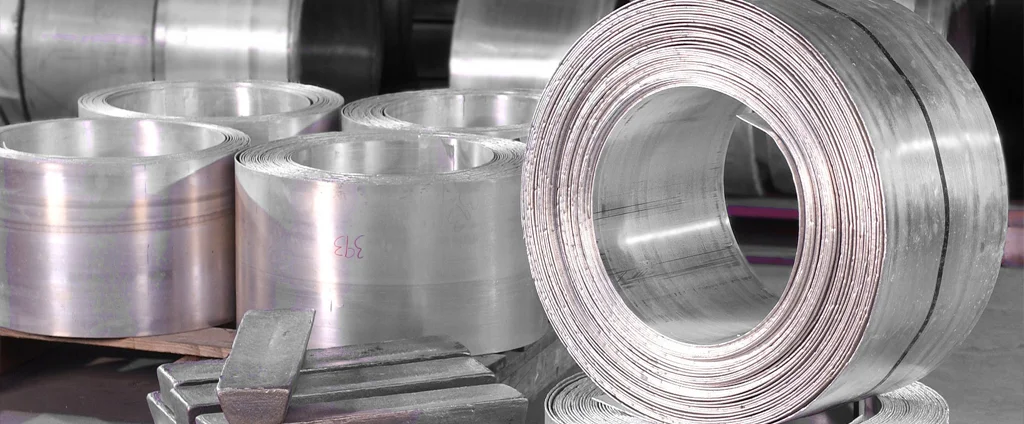Magnesium ZC71 (UNS M16710)

ZC71 is a high-strength magnesium alloy that is known for its excellent combination of strength, formability, and corrosion resistance. It is commonly used in aerospace and automotive applications due to its lightweight and durable properties.
| Chemical Composition | ||
|---|---|---|
| Element | Min | Max |
| Magnesium | 90.0% | 92.5% |
| Copper | 1.0% | 1.5% |
| Manganese | 0.5% | 1.0% |
| Nickel | —— | 0.01% |
| Silicon | —— | 0.2% |
| Zinc | 6.0% | 7.0% |
| Residuals | —— | 0.3% |
The following table provides a list of magnesium ZC71 properties in both SI and US customary/Imperial units.
Click on the button to switch between Metric and Imperial units.
| Physical Properties | Metric |
|---|---|
| Density | 1830 kg/m3 |
| Mechanical Properties | Metric |
| Tensile Strength (Ultimate) | 280 MPa |
| Tensile Strength (Yield) | 180 MPa |
| Young’s Modulus (E) | 44.2 GPa |
| Shear Modulus (G) | 17 GPa |
| Elongation at Break in 50 mm | 12% |
| Poisson’s Ratio (ν) | 0.30 |
| Brinell Hardness 500 kg load, 10 mm ball | 75 |
| Knoop Hardness Converted from Brinell | 85 |
| Vickers Hardness Converted from Brinell | 98 |
| Thermal Properties | Metric |
| Melting Point | 455 - 635 °C |
| Solidus | 455 °C |
| Liquidus | 635 °C |
| Thermal Conductivity | 122 W/m·K |
| Specific Heat Capacity (Cp) Typical value for Mg alloys | 1.00 J/g·°C |
| Electrical Properties | Metric |
| Electrical Resistivity | 5.40×10-6 Ω·cm |
The values in this table are approximate and can vary depending on various factors such as the specific manufacturing process and heat treatment applied to the alloy.
Advantages & Disadvantages of Magnesium ZC71
| Advantages | Disadvantages |
|---|---|
| Light weight | Corrosion prone |
| Good strength | High cost |
| Easy to machine | Low melting point |
| Good weldability | Poor fatigue strength |
Applications of Magnesium ZC71
ZC71 is widely utilized across industries that demand lightweight, high-strength materials, including:
- Automotive: Used in a variety of components, including engine blocks, transmission cases, and suspension parts. Also helps reduce vehicle weight and improve fuel efficiency in car body manufacturing.
- Aerospace: Applied in aircraft frames, engine parts, and landing gear. Also used in satellites and other space vehicles.
- Defense: Found in military vehicles, weapons, and ammunition. Additionally used in body armor and protective gear manufacturing.
- Construction: Utilized in building frames, bridges, and other structural components. Also supports production of solar panels and renewable energy systems.
- Medical: Used for implants, surgical instruments, and medical equipment. Also manufactured into dental fillings and related products.
- Electronics: Employed in computer cases, circuit boards, and electronic components. Also used in batteries and energy storage devices.
